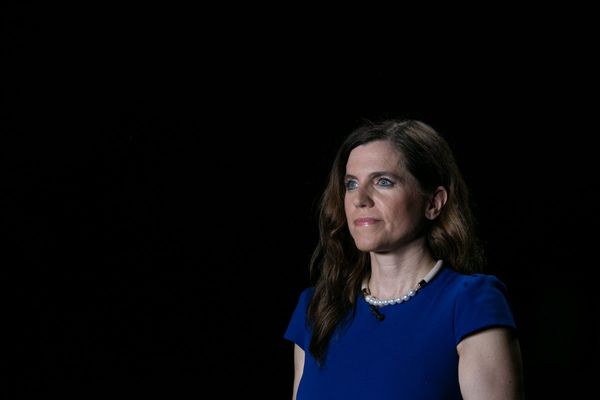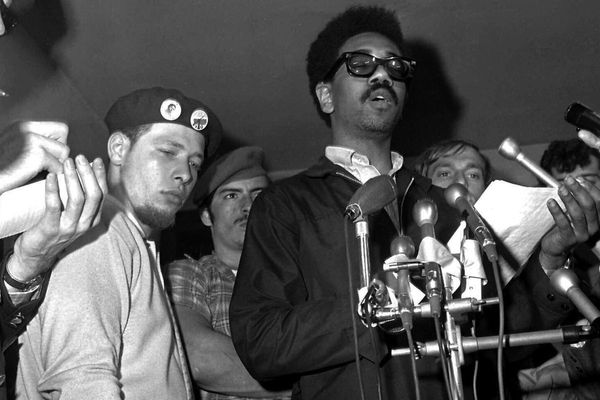
In September, the Organization of the Petroleum Exporting Countries (OPEC) turned 60—an anniversary that comes at a critical moment in its history. While its power over oil prices has waxed and waned throughout its life, never before the COVID-19 pandemic was its very existence put into question. After initial hesitation and major miscalculations, since April, OPEC has reluctantly played the role of market stabilizer to rescue an oil industry that was close to collapse. Now peering down the barrel of peak demand and a much more competitive energy environment than in the past, OPEC should put aside its oligopolistic ambitions and aspire to serving mainly as ballast.
Over the past six decades, the oil market has evolved substantially on both the demand side and the supply side, forcing OPEC to adapt continuously, even when it looked obsolete. But, as Princeton professor Robert Keohane has argued, international institutions rarely die: “They are easier to maintain than to create.” And so, through three broad phases, OPEC persisted.
Between 1960 and 1980, OEPC acted as a geopolitical challenger. As part of the decolonization process that had started after World War II, its founding members—Iran, Iraq, Kuwait, Saudi Arabia, and Venezuela—wanted to regain control of their oil reserves, which were then under the de facto control of a handful of Western multinational companies. In 1973, as oil producers in Texas ceased to be able to keep up with rising U.S. domestic demand, the cartel managed to bring Western economies to their knees in retaliation for Washington’s support of Israel during the Yom Kippur War.
This first oil shock, which was followed by a second one in 1979 triggered by the Iranian revolution, induced Western consumers to search for alternative energy sources, improve energy efficiency, and try to reduce their dependence on oil. As one analyst has put it: “When the price of something as essential as oil spikes, humanity does two things: finds more of it and finds ways to use less of it.” Soon, OPEC was not only faced with lower demand but also with more barrels of crude coming from non-OPEC producers such as Alaska, Mexico, Norway, and the Soviet Union.
From 1980 to 2000, OPEC responded to the challenges by attempting to become a cartel. In this second phase, it tried—not very successfully—to behave as a proper cartel, targeting both a ceiling and a floor price, while adjusting production accordingly. OPEC’s undisputed leader, Saudi Arabia, made most of the adjustments. Prices could not rise too fast, or global demand would flag. But they could not drop too sharply either, or revenue would suffer. In theory, output quotas, first enacted in 1982, were meant to serve as a feedback mechanism on the supply side to help spot prices stay within the desired range. In reality, cheating, infighting, and external competition undermined the effectiveness of OPEC’s strategy.
Only the rise of an oil-thirsty China in the 2000s relieved the cartel by lifting prices to historic highs—with the West Texas Intermediate (WTI) benchmark, one of the main global indices, getting close to $150 a barrel in 2008. In this third phase, and until 2014, OPEC remained a sort of passive observer of the market (with a short attempt to be more active during the Great Recession). As long as oil demand kept growing, so did prices, and OPEC did not bother to intervene. But with the start of the shale revolution in the United States in 2014, OPEC saw its oligopolistic power being eroded once again. Since then, it has struggled to find a new role.
Initially, Saudi Arabia appeared unwilling to act as the swing producer—that is, to cut or boost production to stabilize global prices—to push U.S. producers out of the market. Between 2014 and early 2016, oil prices dropped from almost $110 a barrel to $29. But in 2016, bleeding public finances forced OPEC into an uncomfortable alliance, the so-called OPEC+, with Russia and a number of countries within its geopolitical orbit, to try to counter the U.S. threat. But the fragility of OPEC+ has become all too clear during the COVID-19 crisis.
As for any cartel, enforcing compliance with agreed quotas has always represented the main challenge for OPEC, whose mission is to stabilize oil prices in order to maximize revenue for energy-dependent governments. When OPEC turned into OPEC+, its membership jumped from 13 countries to 24, making coordination even more difficult, particularly between rivals such as Saudi Arabia and Russia. Riyadh wanted this alliance to become permanent, continuously insisting on production cuts. Moscow, instead, wanted a temporary partnership, displaying a degree of tolerance for high production and low price.
But when the COVID-19 pandemic began to spread across the world in March, all the differences crystallized abruptly. The initial failure of OPEC+ to strike a deal to cut production in the face of free-falling demand triggered a price war that ended with the WTI oil benchmark deep into negative territory for the first time ever and with storage capacity almost filled. Having learned the lesson the hard way, in April, OPEC+ achieved an unprecedented diplomatic agreement, agreeing to cut output to the tune of 9.7 million barrels a day (almost 10 percent of global production), while obtaining the support of other G-20 countries. With improving demand, and as originally decided, controls on output were eased a little in August and are likely to be confirmed at that level next week in occasion of the OPEC+ annual meeting.
And so far, compliance with the agreement that imposes major output cuts on oil-dependent, fragile economies has been high, close to 100 percent. This is due not only to fears of a new price war, but also to the introduction of a mechanism that forces noncompliant signatories to compensate for past overproduction by producing below their quota for a certain number of weeks. This is the most effective method OPEC has yet found to dissuade cheating. Meanwhile, the credible commitments and a well-communicated strategy to roll back the output curbs have set market expectations and have kept prices relatively stable.
OPEC+’s response during the COVID-19 pandemic should be a model for its activities in the future. It should not just act as a market stabilizer during acute crises. In the coming years, it will oversee the transition away from fossil fuels toward renewable energy. The pandemic has accelerated trends in mobility and work organization that were already leading to lower demand for oil. Moreover, despite the challenges posed by a likely split Congress, making the U.S. economy greener remains a priority of the Biden presidency. China and Europe, too, are weaning themselves off oil.
In turn, global demand will be on the decline. In order to avoid a drastic fall in prices, supply will have to adjust continuously to balance the market and put a floor on oil prices. Only an alliance such as OPEC+, which represents around 45 percent of global production, can guarantee the degree of readiness necessary to offset output surpluses. U.S. producers are too many and too small to cooperate. For this reason, OPEC+ should evolve from a temporary alliance into a proper organization to reliably shape market expectations.
Creating a price floor will be key to reducing market volatility, preserving the financial health of the industry and avoiding political turmoil in key regions such as the Middle East. This will not mean particularly high prices, because any attempt to cut production too sharply and beyond what’s needed by the market would encourage agile U.S. shale producers to turn the tap on and boost production, thus bringing prices down again. In other words, in the current competitive market context, OPEC+ is in the position to set the price floor, while U.S. shale producers set the price ceiling.
And if OPEC+ plays its cards right, it could end up becoming a valuable forum for exchanging critical information and sharing best practices among member states to make their economies less dependent on the revenues from crude exports, while setting itself up to be a major player in green economies, too.
OPEC+ remains a fragile alliance. Its members are often geopolitical competitors and rule highly fractured societies, creating a fertile ground for clashing interests. But the pandemic should be taken as an opportunity to mark a new beginning for the organization.







